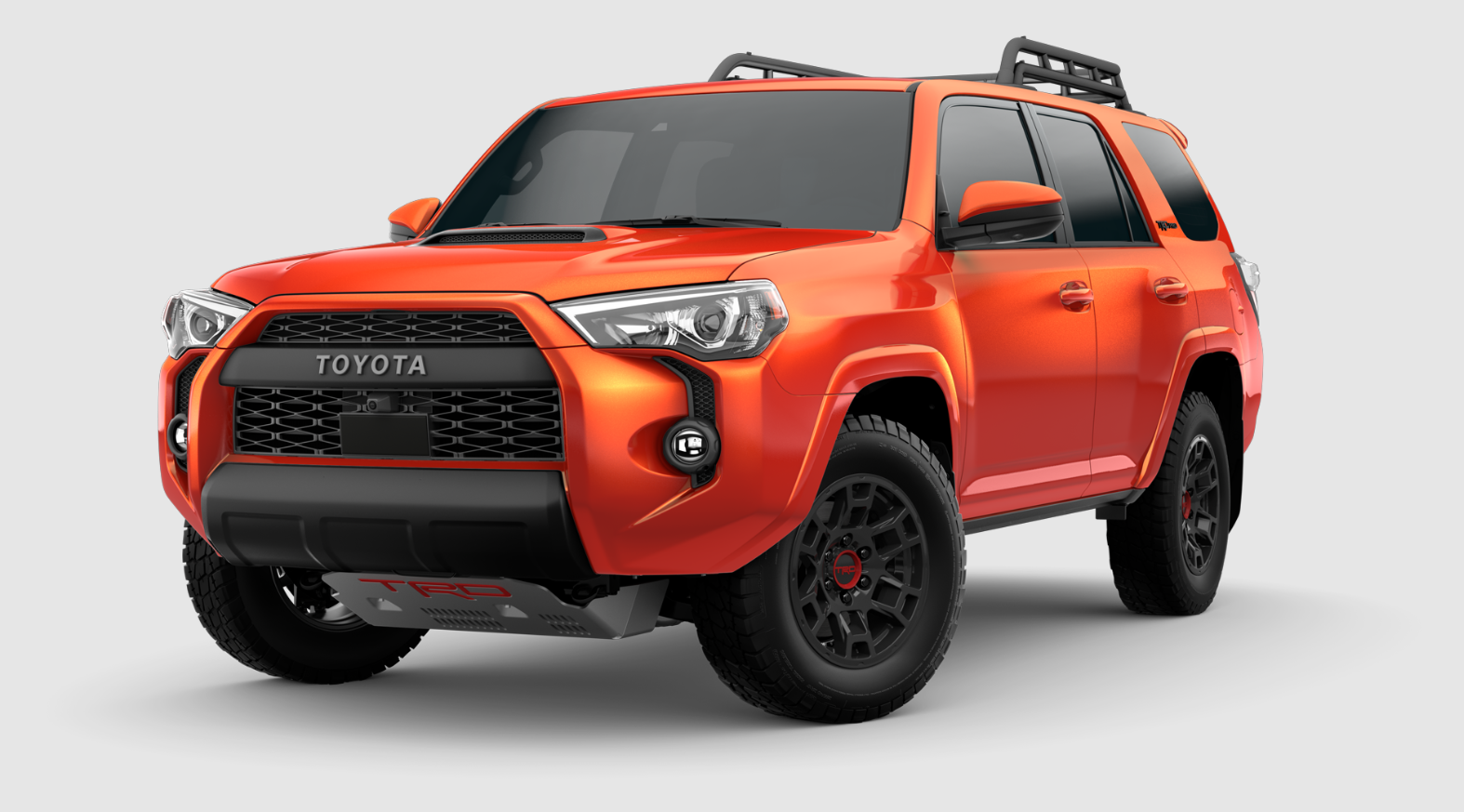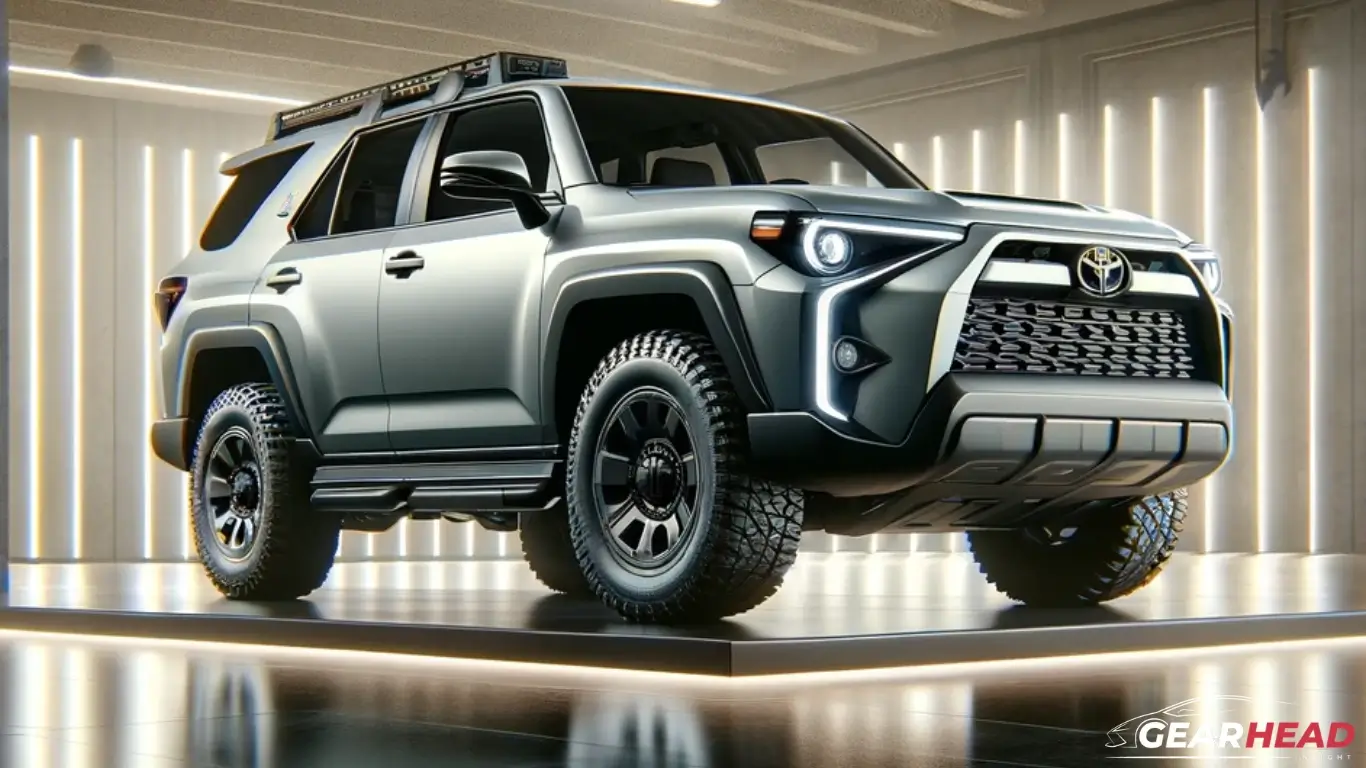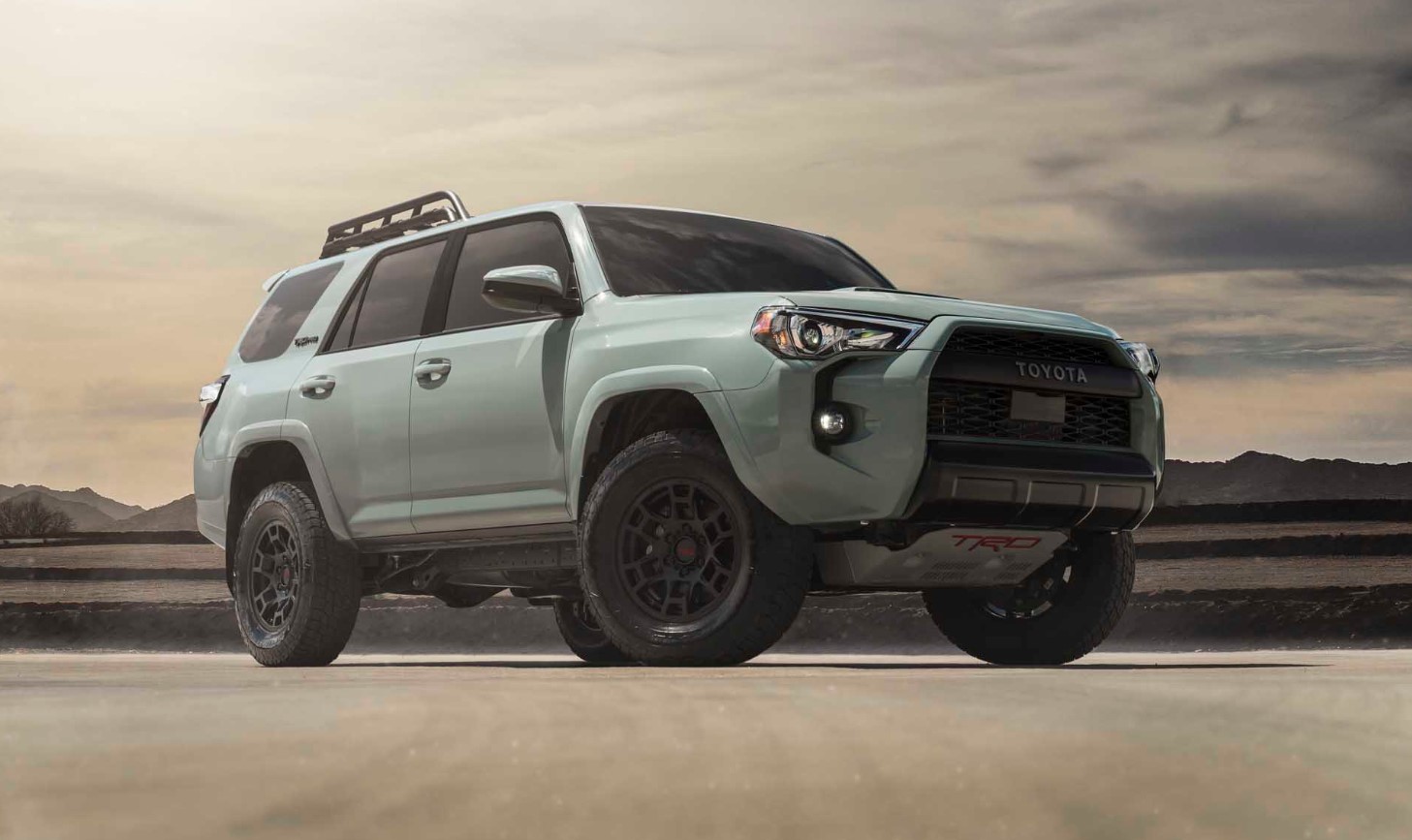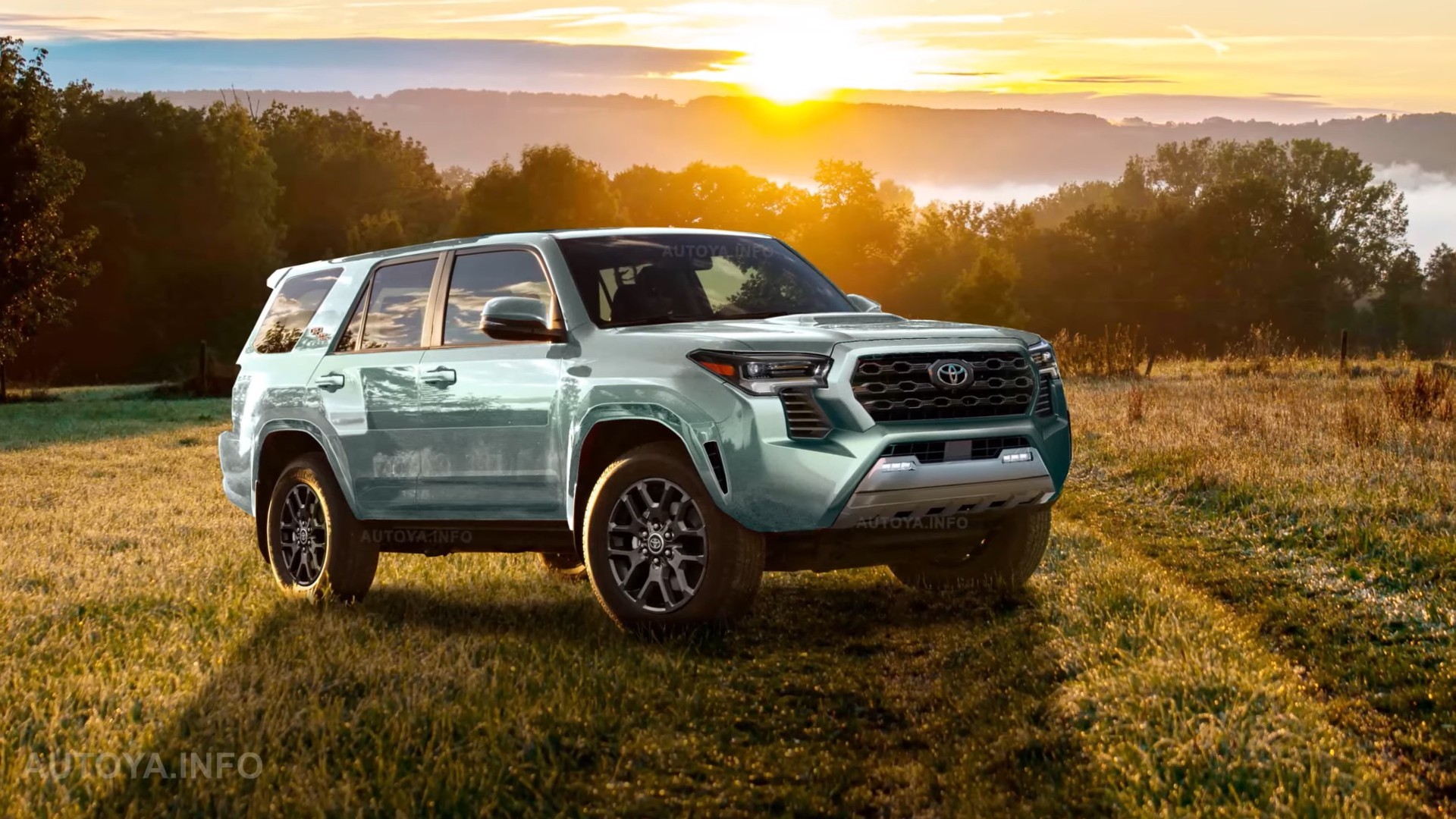Deciphering The 2025 Toyota 4Runner’s Payload Capacity: A Comprehensive Guide
Deciphering the 2025 Toyota 4Runner’s Payload Capacity: A Comprehensive Guide
Related Articles: Deciphering the 2025 Toyota 4Runner’s Payload Capacity: A Comprehensive Guide
Introduction
With great pleasure, we will explore the intriguing topic related to Deciphering the 2025 Toyota 4Runner’s Payload Capacity: A Comprehensive Guide. Let’s weave interesting information and offer fresh perspectives to the readers.
Table of Content
Deciphering the 2025 Toyota 4Runner’s Payload Capacity: A Comprehensive Guide

The Toyota 4Runner, a stalwart in the mid-size SUV segment, has long been celebrated for its rugged capabilities and off-road prowess. As we look towards 2025, anticipation for the next generation 4Runner is high. While the exact specifications are yet to be officially revealed, understanding the concept of "gross vehicle weight rating" (GVWR) is crucial for prospective buyers. This metric, often overlooked, plays a significant role in determining the 4Runner’s overall utility and versatility.
GVWR: A Foundation for Understanding
The GVWR represents the maximum permissible weight of a vehicle, including its curb weight (the weight of the vehicle without passengers or cargo), passengers, cargo, and any additional equipment. It is a crucial safety parameter, ensuring that the vehicle remains structurally sound and capable of handling the load it carries.
Factors Influencing the 2025 4Runner’s GVWR
The 2025 Toyota 4Runner’s GVWR will likely be influenced by a multitude of factors, including:
- Engine and Drivetrain: A more powerful engine or a more robust drivetrain might necessitate a higher GVWR to accommodate the increased weight.
- Frame and Suspension: The strength and design of the chassis and suspension play a vital role in determining the weight capacity.
- Axle and Tire Ratings: The maximum weight an axle can handle and the load capacity of the tires are critical considerations.
- Safety Regulations: Government regulations regarding vehicle safety and structural integrity can influence the GVWR.
- Target Audience and Usage: The intended use of the vehicle, whether for off-road adventures or daily commuting, can impact the GVWR.
The Importance of Understanding GVWR
Knowing the GVWR of the 2025 4Runner is crucial for several reasons:
- Safety: Exceeding the GVWR can compromise vehicle handling, braking, and overall safety, potentially leading to accidents.
- Performance: A loaded vehicle beyond its GVWR can experience reduced fuel efficiency, slower acceleration, and decreased braking effectiveness.
- Vehicle Wear and Tear: Overloading can strain the vehicle’s components, leading to premature wear and tear.
- Warranty: Exceeding the GVWR can void the vehicle’s warranty.
Exploring the 2025 4Runner’s Potential Payload
While the exact GVWR for the 2025 4Runner remains unknown, analyzing the previous generation’s figures can provide insights into potential ranges. The current 4Runner’s GVWR varies based on trim level and configuration, typically falling between 6,000 and 6,500 pounds.
Payload Calculation: A Practical Approach
To determine the 2025 4Runner’s payload capacity, we can use a simple formula:
Payload = GVWR – Curb Weight
For example, if the 2025 4Runner’s GVWR is 6,500 pounds and its curb weight is 4,500 pounds, the payload capacity would be 2,000 pounds. This figure represents the maximum weight of passengers, cargo, and any additional equipment the vehicle can safely carry.
FAQs: Unveiling Common Queries
Q: How does the GVWR affect my towing capacity?
A: While the GVWR and towing capacity are related, they are distinct. The GVWR represents the total weight the vehicle can safely carry, while the towing capacity refers to the maximum weight the vehicle can tow. The 2025 4Runner’s towing capacity will likely be influenced by its GVWR, engine power, and drivetrain configuration.
Q: How can I determine the actual weight of my loaded 4Runner?
A: A reliable scale at a truck stop or weigh station can provide an accurate weight reading. Alternatively, you can estimate the weight by adding the weight of passengers, cargo, and any additional equipment to the vehicle’s curb weight.
Q: What happens if I exceed the GVWR?
A: Exceeding the GVWR can have serious consequences, including:
- Reduced Handling and Stability: The vehicle may become difficult to control, especially in corners or during emergency maneuvers.
- Increased Braking Distance: The vehicle may take longer to stop due to increased weight.
- Suspension and Tire Damage: The suspension and tires may be subjected to excessive stress, leading to premature wear and tear.
- Engine Strain: The engine may struggle to accelerate and maintain speed, leading to potential engine damage.
- Legal Consequences: In some jurisdictions, exceeding the GVWR can result in fines or other penalties.
Tips for Maximizing Payload Capacity
- Choose the Right Trim: Select a trim level with a higher GVWR that best suits your needs.
- Minimize Unnecessary Weight: Remove any unnecessary items from the vehicle to maximize payload capacity.
- Distribute Weight Evenly: Spread the weight of cargo evenly throughout the vehicle to maintain stability.
- Use a Roof Rack Sparingly: Avoid overloading the roof rack, as it can significantly impact the vehicle’s center of gravity and handling.
- Invest in a Load-Leveling Hitch: If towing, consider a load-leveling hitch to distribute the weight evenly and maintain proper vehicle balance.
Conclusion: A Foundation for Informed Decisions
Understanding the GVWR of the 2025 Toyota 4Runner is crucial for making informed decisions about its usage and ensuring its longevity. By carefully considering the GVWR and payload capacity, owners can optimize the vehicle’s performance, safety, and overall utility. As we eagerly await the official release of the 2025 4Runner, understanding the GVWR empowers potential buyers to make informed choices and fully leverage the vehicle’s capabilities.








Closure
Thus, we hope this article has provided valuable insights into Deciphering the 2025 Toyota 4Runner’s Payload Capacity: A Comprehensive Guide. We hope you find this article informative and beneficial. See you in our next article!